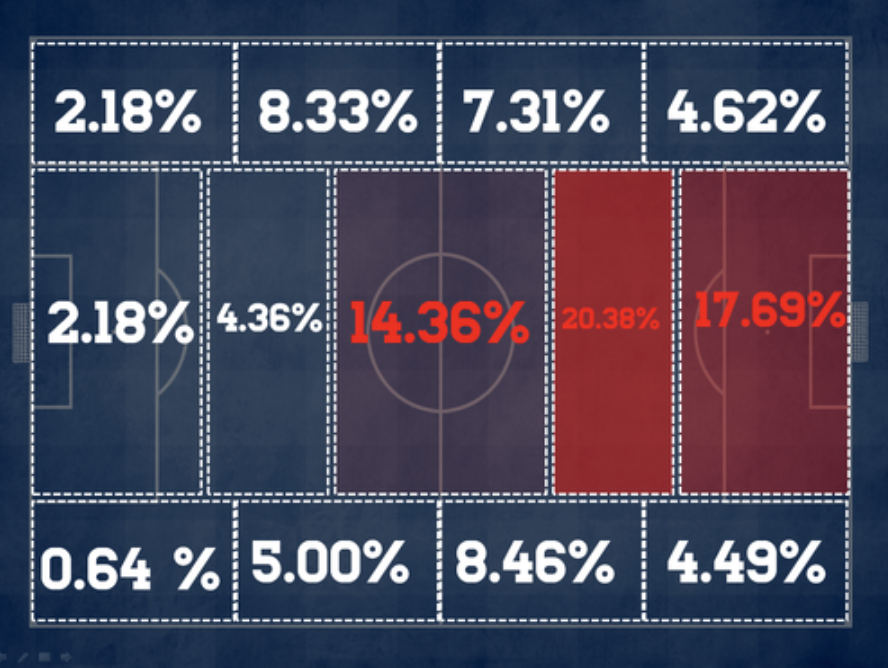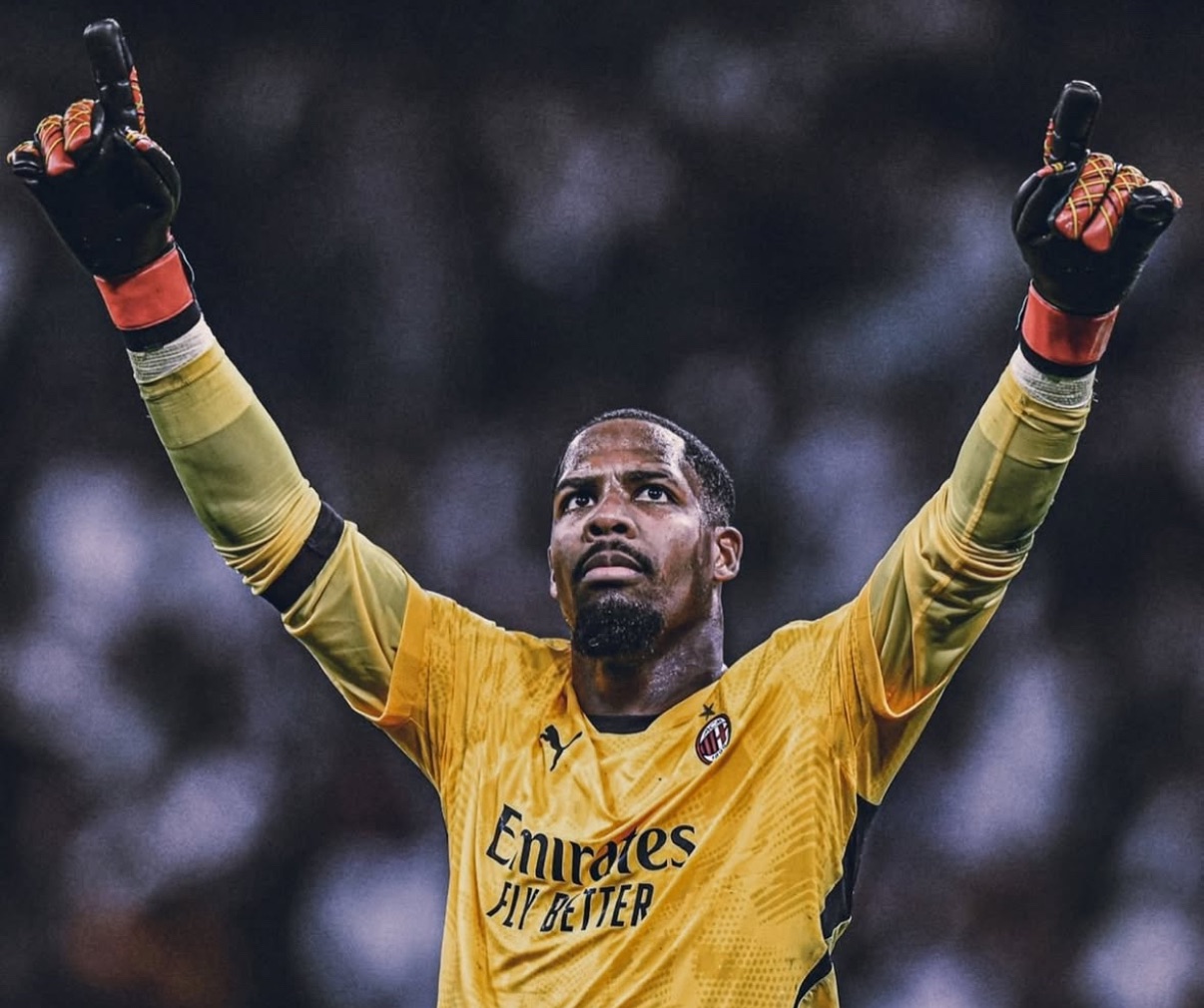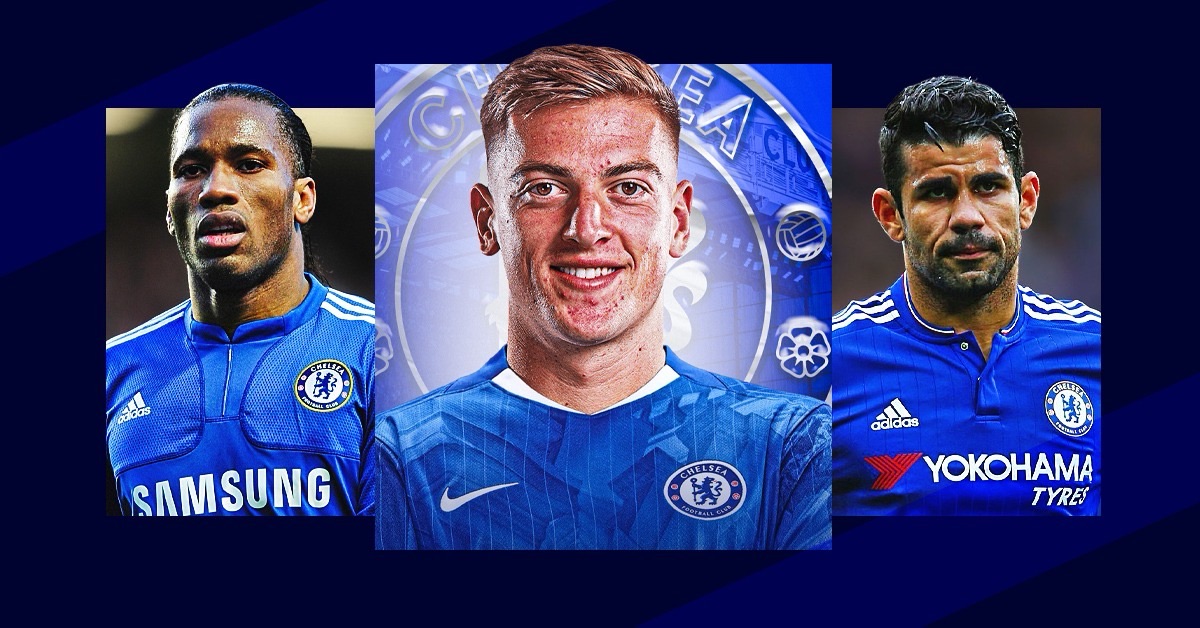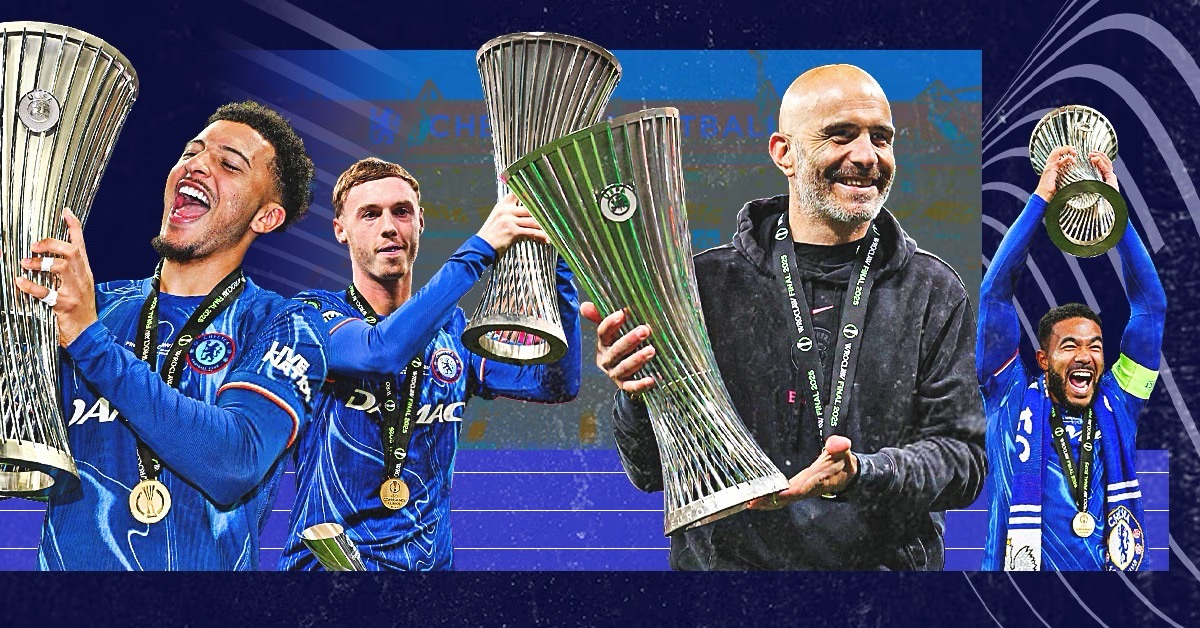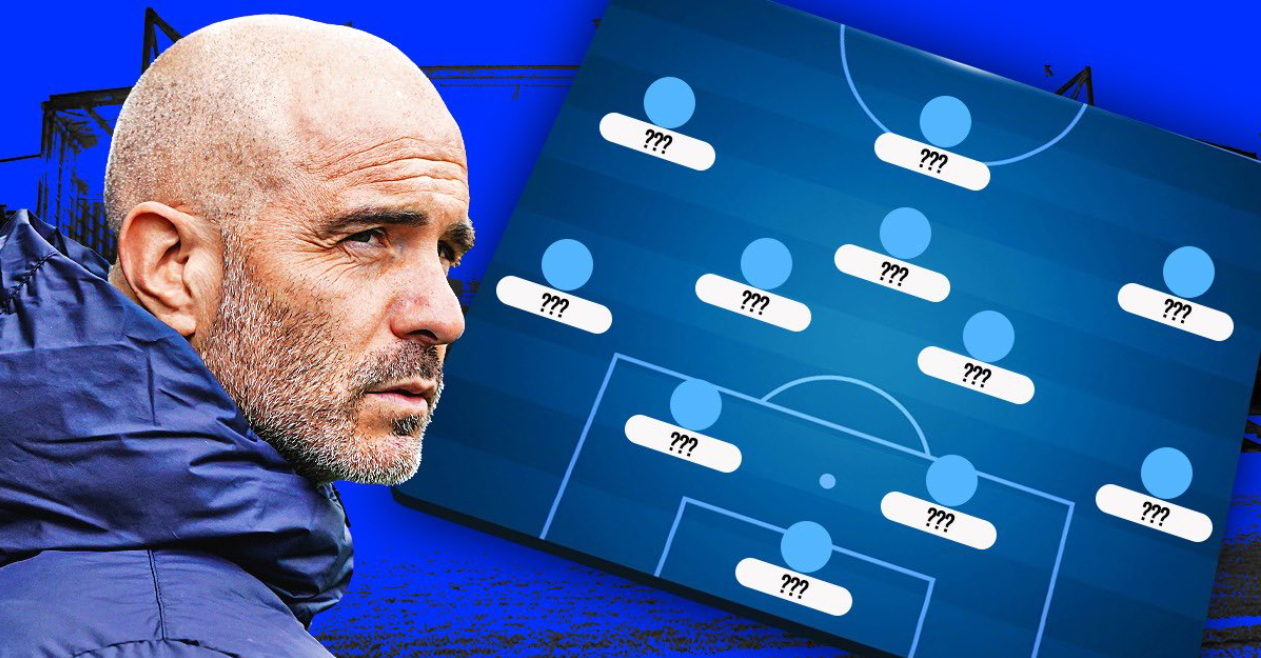On Saturday, two teams who have ambitious dreams of lifting the title come May, face each other at Stamford Bridge. When Chelsea visited The Emirates, they came away with a modest draw. The West London outfit’s aim has often been to clinch at least a draw away from home and grab all the three points in the home tie (United, City, Arsenal) . Arsenal have varied their tactics since we last met them, and these variations have often had a direct impact on the result they have achieved..

(Rosicky and Chamberlain can be switched, but I’ve not done it to avoid confusion)
The game against Tottenham would be one of the many examples in which a neutral or rival fan could clearly see Arsenal not playing the ‘Arsenal’ way. They preferred to sit deep and counter by exploiting Tim Sherwood’s high line, which he inherited from Andre Villas Boas. Arsenal ended up with just 41% possession and completed just 75% of their passes. To stress on that point even further, Tottenham exchanged 109 passes compared to Arsenal’s 43.
Rosicky, Cazorla, Chamberlain and Podolski did well to work the channels. Regularly exploiting it as Tottenham looked clue-less when it came to the basic principles of uniform pressing. The full-backs pushed up, while the midfield stayed still. Just another day in the office for Cazorla and co. After Rosicky gave them an early lead, Arsenal looked resilient at the back. A good sign for Arsene as his side prepared for Chelsea.
Here is Arsenal’s action areas at White Hart Lane –

To understand how Arsenal work , I’ll not be dissecting the club into attacking and defensive transitions like usual, but instead sum up the main principles of their philosophy.
Firstly, is Arsenal’s fluidity , The 5 behind the back can really work well together, and did so against Tottenham. Their intelligent movement is a strong attribute, which did give Vertonghen and Kaboul quite a few problems.
Second is their engine. The one who sits ahead of the back four. Arteta had a really good game against Everton [even though Roberto did pin-point him out in his strategy] and Spurs. He receives the ball, when Koscielny isn’t spraying diagonal balls, and picks out passes. Chelsea effectively did nullify his contribution by playing a 4-3-3 at The Emirates. By doing so Mourinho made sure that no matter which situation arose, someone was always pressing at Arteta and out-numbering the midfielders. Press tangentially across the half-way line, force the ball towards the sides and win the ball back by creating 3v2 situations. That’s what happened and it can be seen using this graph sent to me by a friend of mine. A brilliant depiction of ball-winning using core principles.

There were a lot of ball recoveries in the middle and on the sides, which helped Chelsea a great deal in asserting themselves. Tottenham went wrong by doing only a part of it. If each player did their duties they could have gone on to score as the Arsenal side we faced was much stronger than the one that played against Spurs. Rosicky and Podolski were not afraid to roam high up the pitch and often forgot their defensive duties. This is where I feel Chelsea can capitalize with their attack.

I wanted to talk more about my Arteta point. Roberto Martinez used Barkley to shut him down in December, and it worked really well for them in a game Chelsea fans were scouting Lukaku.
Chelsea should aim to shutdown Arteta and press out the system of rotation employed by the #10 and the second midfielder. Maybe not 4-3-3 again because I reckon Arsenal will sit deep at the Bridge, but just press efficiently until you score one goal. Then hit them on the counter, because once they open up, the Chelsea attackers will be having a field day.
Keep the pressing uniform and directional. In doing so you not only mess up the organization Arteta takes care of but also increase the chances of ball retention.
Chelsea should also look into dragging center-backs. With Hazard in their ranks, exploitable space could open up in between the volatile full-backs and central defenders. Tottenham did plan to do that on quite a few occasions but were their usual self’s when it came to converting chances.

